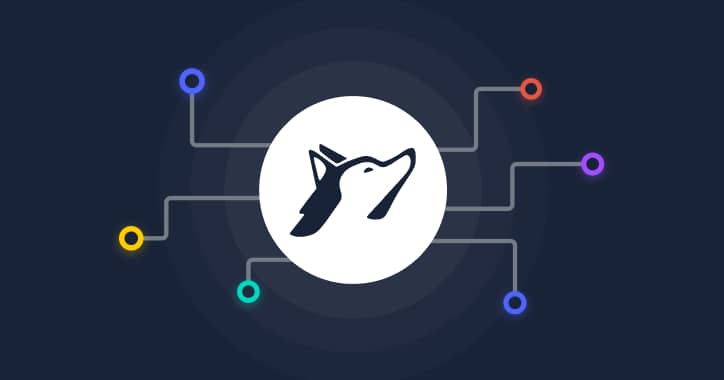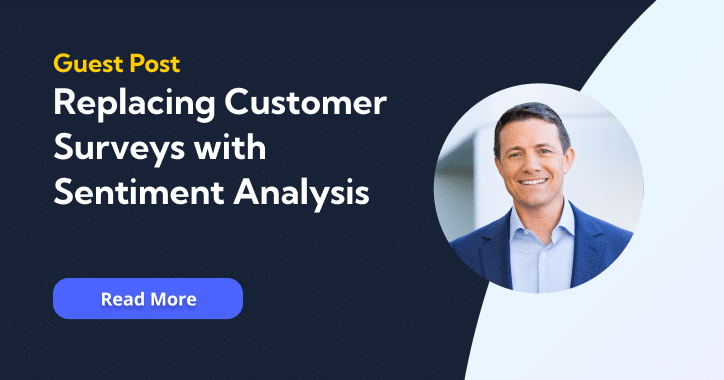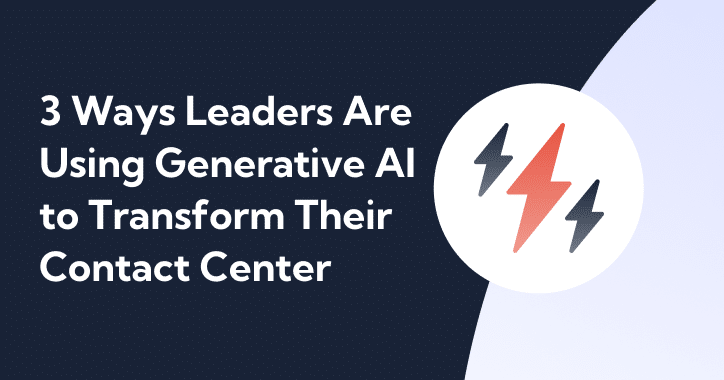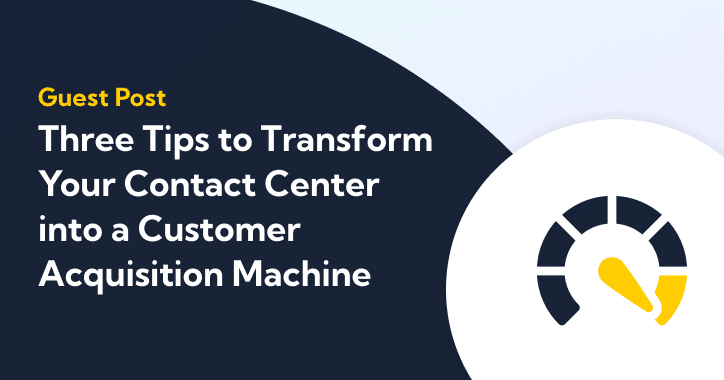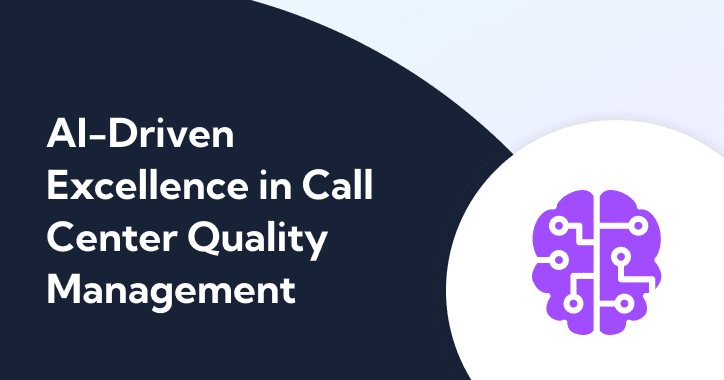
Customer service is often make-or-break for a company. A good customer service experience can turn a one-time customer into a lifelong fan, while a bad experience can result in lost business and negative word of mouth.
What many people don’t realize, however, is that much of what goes into providing excellent customer service has to do with the service representative’s ability to avoid bias when interacting with customers.
Merriam-Webster defines bias as “an inclination of temperament or outlook, especially a personal and sometimes unreasoned judgment.” While bias can manifest in many ways, unconscious bias is one of the most common and pernicious forms.
Everyone has unconscious biases — it’s a natural part of human cognition. But when it comes to customer service, even the slightest bit of bias can significantly impact the quality of the experience.
What Is Unconscious Bias?
Unconscious bias is individuals’ attitudes or stereotypes about people without realizing it. Everyone has their own biases, shaped by personal experiences, cultural influences, and even the media.
These biases can lead people to make all sorts of judgments about others, even when they don’t recognize them. Unconscious bias can manifest itself in several ways, from the language people use to how they interact with others.
While it’s impossible to eliminate unconscious bias, it’s essential to be aware of it and work to ensure that it doesn’t impact decision-making.
Examples of Unconscious Bias in the Workplace
Unfortunately, unconscious biases are often perpetuated by personal beliefs and even by the systems and structures that are in place within organizations.
Here are just a few examples of how unconscious bias can play out in the workplace:
Hiring Process
Unconscious bias can play a role in the hiring process in several ways. For example, employers might be more likely to hire someone with a similar background.
Additionally, unconscious bias can lead employers to view certain demographics as more or less qualified for certain positions.
As a result, unconscious bias can result in several qualified candidates being overlooked. To combat this, employers should make an effort to become aware of their biases and consciously strive to create a more diverse and inclusive workplace.
Customer Service
Customer service is often one of the first places unconscious bias can rear its ugly head. Whether a salesperson is quick to judge a customer based on their appearance or a call center agent makes assumptions about a caller’s needs, unconscious bias can lead to poor customer service. In some cases, it can even result in discriminatory treatment. This is why it’s important to identify opportunities to improve agent interactions with customers.
One of the most common examples of unconscious bias occurs when customer service representatives make assumptions about a caller’s identity.
- A service representative may assume that a caller with a foreign accent is not a native English speaker and subconsciously associate the caller with a different socioeconomic class, education level, etc.
- A service representative may assume that an angry caller is rude and uncooperative. These assumptions can lead to poor customer service and contribute to feelings of frustration and dissatisfaction.
- A representative may prioritize customers who are viewed as more valuable or important while neglecting the needs of other customers. This can create an unfair and unbalanced customer experience.
- Customer service representatives may make assumptions about a customer’s ability to pay. For instance, a representative may assume that a customer who is requesting a free trial or discount is not able to pay full price for the product or service. These assumptions can deter future customers from doing business with the company.
AI Tools
With the increasing use of artificial intelligence in customer service, there is a risk of perpetuating and embedding existing biases in algorithms. Studies have shown that humans are often biased against others based on gender, age, location, and other factors.
When these biases are carried over into AI decision-making, they can negatively impact the customer experience. For example, a chatbot programmed to be polite and helpful may respond differently to male and female customers. This can lead to frustration and a feeling of being mistreated.
To avoid this, businesses need to be aware of the potential for bias in AI-powered customer service tools and take the appropriate steps.
By ensuring that data sets are diverse and representative of all customer groups, carefully reviewing algorithms for potential bias, and testing customer service tools before rolling them out, businesses can help ensure that everyone receives the same high level of service.
Tips for Reducing Unconscious Bias
The good news is that individuals and companies can do things to lessen the impact of unconscious bias.
Here are a few tips for reducing unconscious bias:
Recognize It Exists
Awareness is the first step — if you’re not aware of your bias, you can’t do anything to change it. Try to catch yourself in moments when you might be indulging in bias — for example, if you find yourself making assumptions about someone based on their appearance or background.
A great resource to learn more about yourself and any unconscious biases you might have been sublimating is Project Implicit. Project Implicit is a research project created and sponsored by Harvard University that investigates people’s unconscious biases.
The project provides online tests that measure people’s attitudes and beliefs about various social groups. The tests are designed to be quick, easy to take, and anonymous.
Audit and Optimize Your Communication Tools
As any business owner knows, artificial intelligence (AI) is a powerful tool that can help automate tasks and improve efficiency.
However, AI is not without its criticisms, particularly when it comes to the issue of unconscious bias. Unconscious bias arises when humans training AI tools imbue the algorithms with their own personal biases, often without realizing it.
This can lead to disastrous results, such as amplifying existing inequalities or creating new ones. To avoid these problems, you must audit your AI tools regularly and optimize them to prevent unconscious bias. There are several ways to do this.
Some common strategies include:
- Ensuring diverse data sets are used for training.
- Incorporating transparency and accountability measures into algorithms.
- Continual testing and monitoring of AI systems.
These steps can help ensure that your AI tools are free from bias and ready to support your business ethically and responsibly.
Prioritize Diversity
There are many ways that companies can prioritize diversity and prevent unconscious bias, such as:
- Implement and enforce a clear and well-defined diversity policy. This policy should state the company’s commitment to diversity and include specific goals and targets. The policy should be reviewed and updated regularly.
- Create a diverse workforce. This can be done by ensuring that all job postings are open to everyone, regardless of race, gender, or other protected characteristic.
- Ensure a qualified, diverse mix of people in leadership positions. This helps ensure that different voices are heard and that everyone feels included.
- Provide training on unconscious bias for all employees. This training should be interactive and discuss real-life examples of how unconscious bias can impact the workplace.
Implement Bias-free Policies
In recent years, organizations have been increasingly focused on creating bias-free policies. The goal is to create a level playing field where all employees have an equal opportunity to succeed.
To this end, many organizations have implemented blind hiring practices, in which candidates are evaluated based on their qualifications, not personal characteristics.
Some companies have created mentorship programs that pair employees with mentors who can help them navigate the organizational culture and coach them to overcome unconscious bias.
By taking these steps, organizations are helping to create a more diverse and inclusive workforce. Doing so at your own organization can lead to improved business results and a more positive corporate culture.

